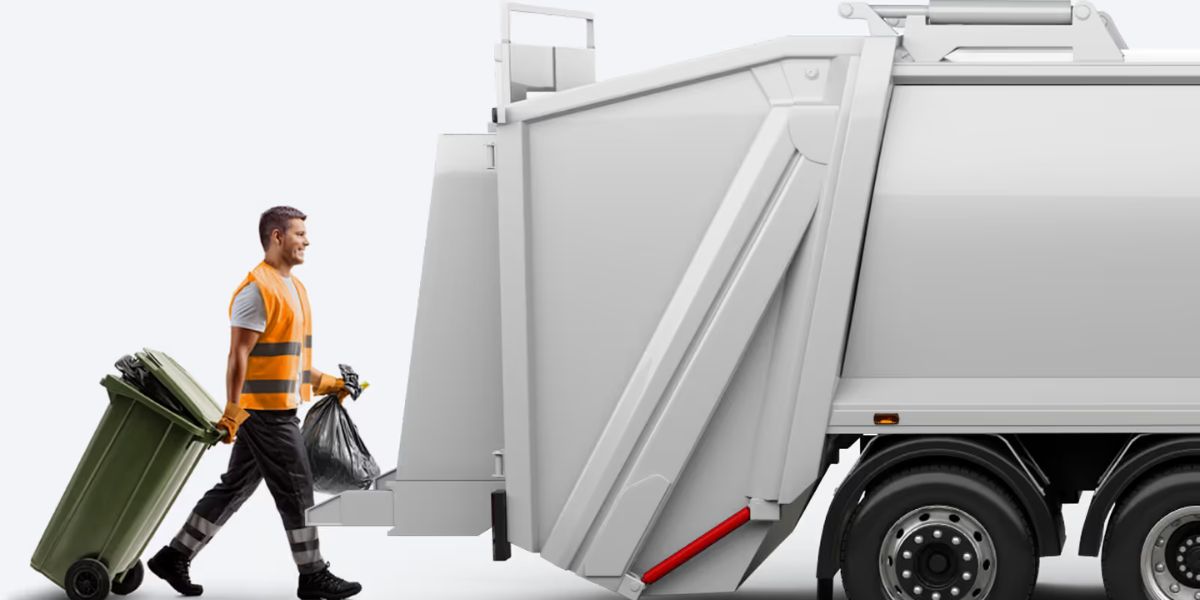The Dangers of Bin Lifts Operating in Automatic Mode

Across the waste and recycling industry, incidents involving bin-lifts remains a persistent and serious cause of injury and even death. According to RIDDOR data manual handling and contact with moving machinery remain leading causes of reportable accidents in the sector.
Every waste operator has a duty of care under the Health and Safety at Work Act and RIDDOR regulations. But beyond compliance, there’s a moral and operational imperative to solve these problems.
How Automatic Mode Creates Hidden Dangers
When a bin-lift is operating in automatic mode, the system runs through its lift-tip-return cycle without continuous operator input. While this saves time, it also means:
- Reduced situational awareness: Operators may move away from the control point, increasing the chance that another crewmember enters the danger zone unseen.
- No second check: With automation, there’s no natural pause for the operator to assess surroundings before engaging the mechanism.
- A false sense of safety: Crews can begin to assume that the system will “look after itself”, lowering vigilance.
Between 2012 and 2022, industry data identified 389 incidents involving bin-lifts, 30 of which involved people being lifted by the mechanism. These are not freak accidents; they are symptoms of systems that rely too heavily on procedural compliance and human attention in high-risk environments.
Fleetclear’s Vehicle Lift Information System (VLIS)
Fleetclear’s VLIS is designed precisely to eliminate that element of chance.
How it works:
- An AI enhanced camera constantly monitors the bin-lift area, the highest-risk “danger zone” at the rear of the vehicle.
- If it detects a person or object within that zone, the lift is immediately automatically disabled.
- The system can be calibrated to different vehicle types and operational layouts
This proactive intervention goes beyond awareness; it physically prevents an unsafe action before it can occur. That’s the critical difference between “doing our best” and effectively keeping staff safe.
Data drives improvement: With Fleetclear Connect, every alert, detection and event is logged for review, enabling continual improvement of safety practices.

Moving Past “Best We Can Do”
Automatic bin-lift operation should never mean automatic risk. The waste industry has the tools to move beyond accepting danger as inevitable.
VLIS transforms the bin-lift from a reactive hazard into a managed, intelligent system.
By embracing technology that removes human error from the safety equation, operators demonstrate a genuine commitment to protecting crews, reducing incidents, and setting new standards for the sector.
Contact Fleetclear today, to arrange a demonstration and see how VLIS and LLIS can transform safety performance in your fleet.
Drive your business forward with Fleetclear.
Contact our team to book a demo and start your journey towards a safer, more efficient and compliant fleet.

